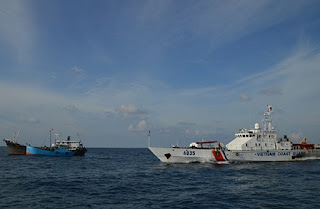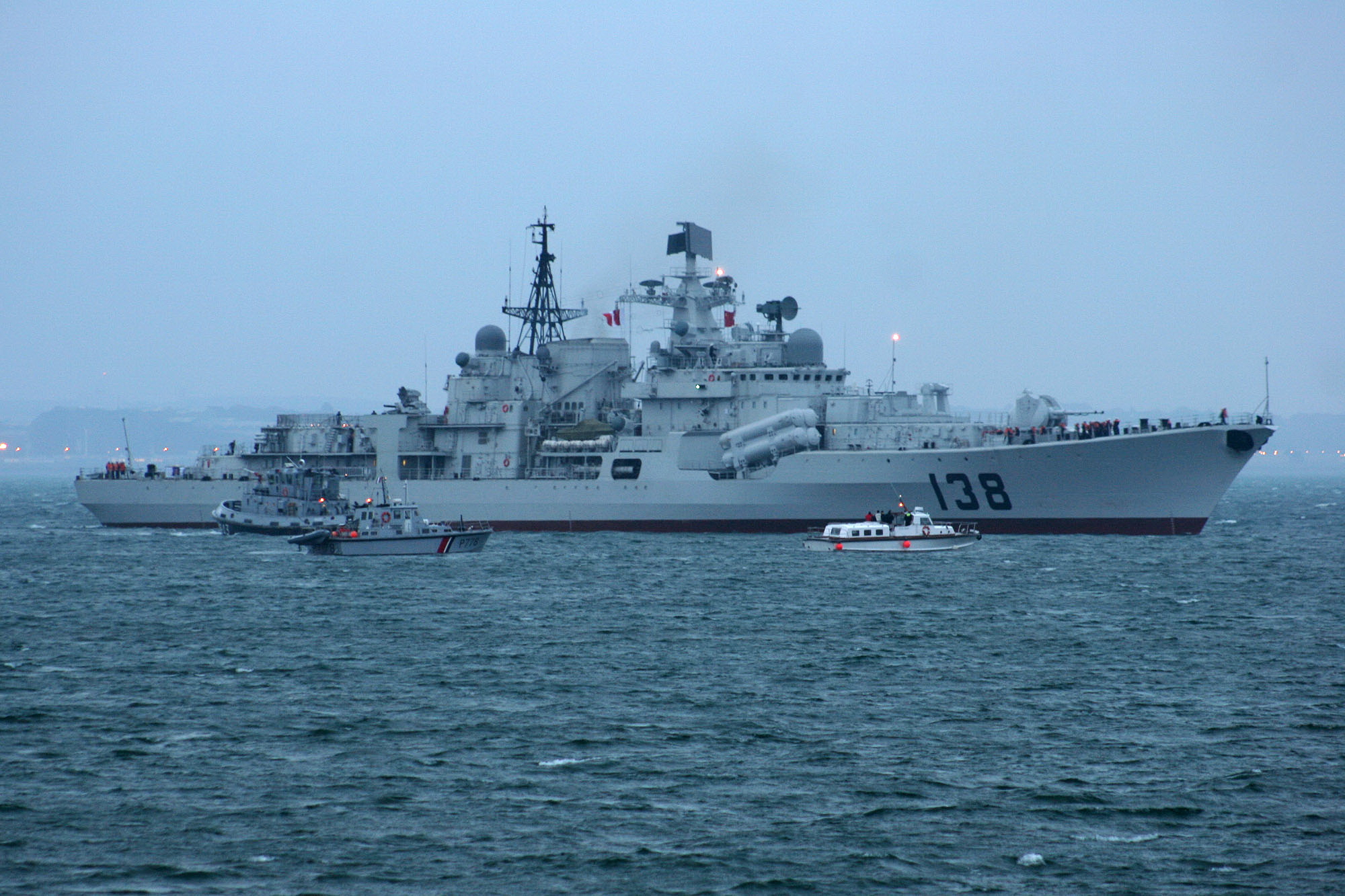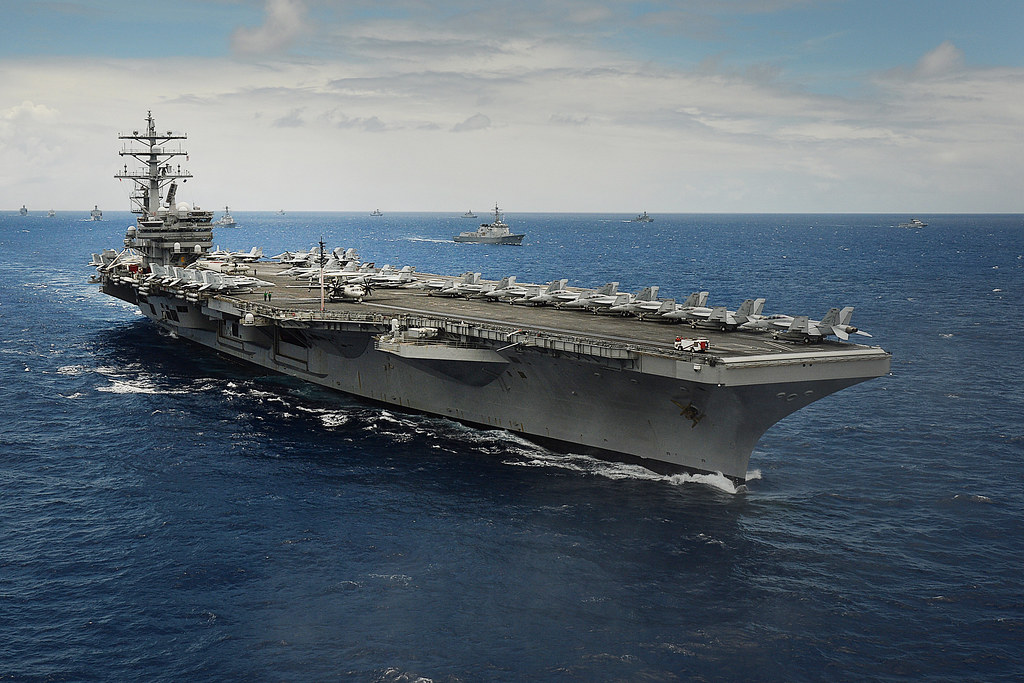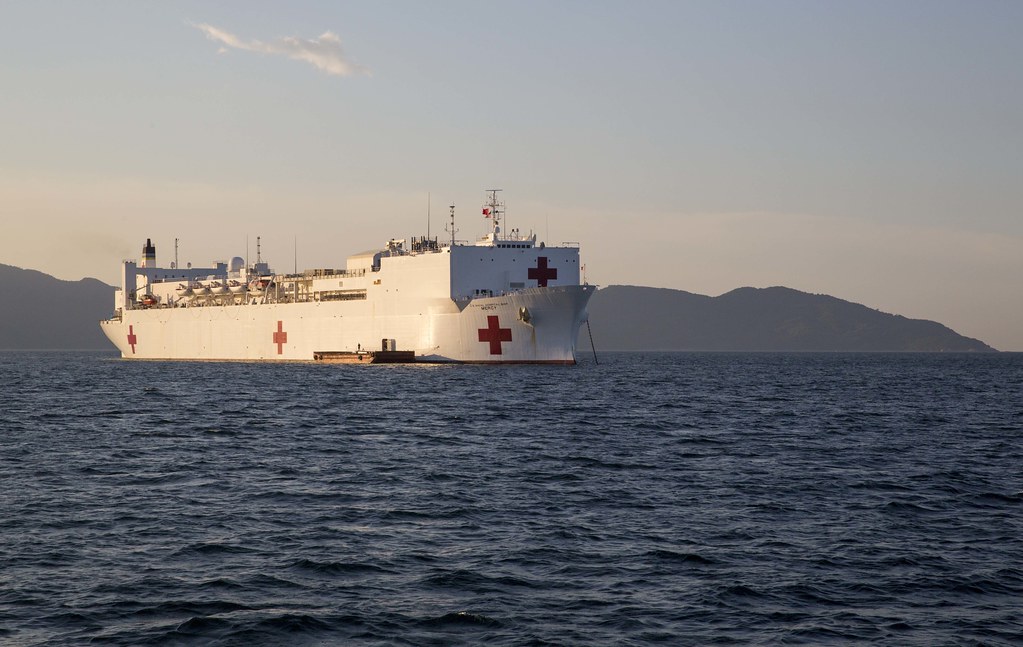 |
| A Vietnam built TT400 Patrol Boat |
By Wendell Minnick
TAIPEI — Vietnam’s efforts to modernize its armed forces face numerous political, historical and financial barriers. Many are of Vietnam’s own making — its go-slow policy on human rights issues and democratization, and the Communist Party's reluctance to share power, even though it has embraced foreign investment and capitalism.
Still, growing problems with China are forcing Hanoi to ask hard questions about its future military needs. Since the collapse of the US-backed South Vietnamese government in April 1975, Hanoi has relied on Russian/Soviet-built equipment and support for a wide array of anti-ship missiles, fighter aircraft, tanks and more recently, six Russian Kilo-class submarines.
“Vietnam has a huge military, but most of it is still outfitted with weaponry from the 1970s and 1980s, especially the Army,” said Richard Bitzinger, a senior fellow and coordinator of the Military Transformations Program at the S. Rajaratnam School of International Studies, Singapore. Vietnam’s armed forces must now invest steadily in acquisitions for the next decade or two “if it wants to fully recapitalize its military,” he said.
During the 1978 Vietnamese invasion of Cambodia and China’s 1979 punitive incursion into northern Vietnam, these weapons were adequate for Vietnam’s needs. But with the fall of the Soviet Union, affordable Russian weapons declined as did the quality, while China’s military modernization effort, particularly naval, strengthened.
The wake-up call came with China’s increased presence in the South China Sea and its recent efforts to build artificial islands for military grade airfields and naval port facilities. China exacerbated Vietnam’s fears by placing a massive oil drilling exploratory platform within Vietnam's exclusive economic zone in May 2014. Now known as the “Haiyang Shiyou 981 standoff,” the incident caused widespread violence in Vietnam as citizens attacked Chinese-owned factories.

































